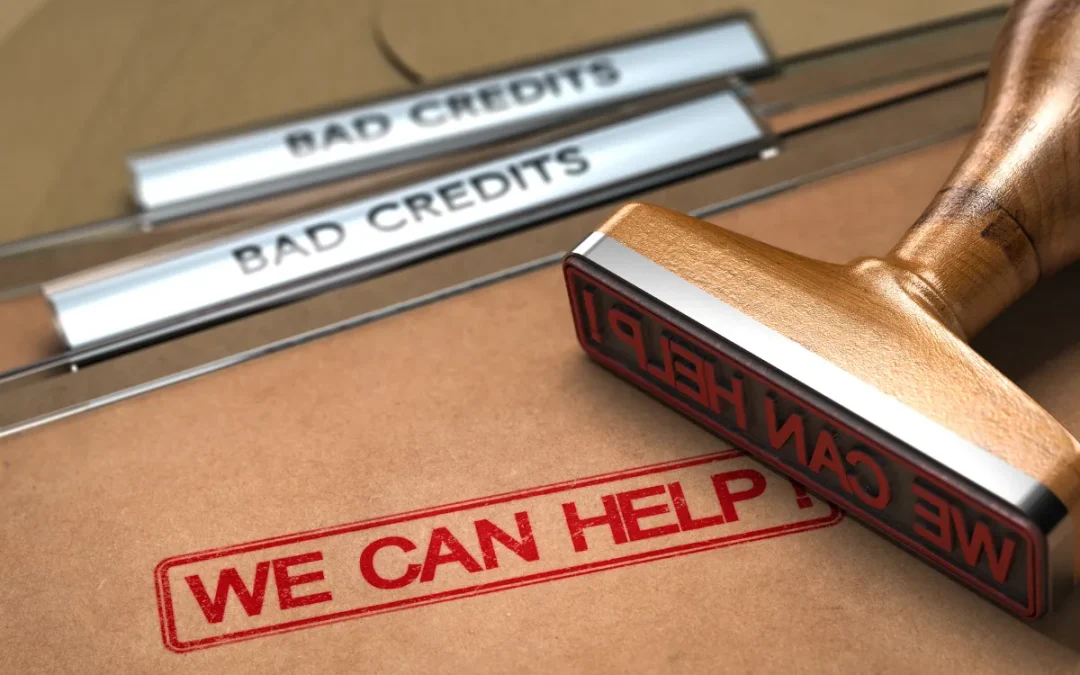Having a thin credit file can be a challenge when you’re trying to access credit or financial services. Whether you’re new to credit, primarily use cash, or haven’t used a credit card in a while, understanding and addressing a thin credit file is crucial. In this article, we’ll break down what a thin credit file is, why it matters, and practical steps to improve your credit history. And if you’re looking for professional credit repair services, contact Credit Repair Florida!
What Is a Credit File?
A credit file is a comprehensive record of your borrowing history, including your interactions with various lending institutions and your repayment history. It’s compiled from credit reports provided by the three major credit bureaus: Experian, Equifax, and TransUnion. These reports include information about your loans, credit cards, payment history, and any credit-related issues like late payments or bankruptcies.
What Is a Thin Credit File?
A thin credit file refers to having limited or virtually no credit history. If you’ve rarely used credit cards or loans, your credit file might be thin. In some cases, you might be labeled as ‘credit invisible,’ indicating a complete absence of credit history. Having a thin credit file can pose challenges when you need to secure loans or financial services since lenders have little to no information to assess your creditworthiness.
Common Reasons for a Thin Credit File
A thin credit file can occur for a variety of reasons, including:
- You had avoided using credit for a while for whatever purpose and paid cash for the majority of your purchases.
- You and your spouse share or shared your finances, and the majority of the credit is or was in your spouse’s name.
- You’re a young adult who is just getting started with credit.
Overcoming a Thin Credit File
If you have a thin credit file, there are several steps to help you build a credit history:
1. Become an Authorized User: Get permission to be added as an authorized user on someone else’s credit card. This allows you to benefit from their account history on your credit report, making it easier to qualify for credit in the future.
2. Find a Co-Signer: Approach a friend or family member to co-sign for a credit account or consider opening a joint account. Their support can help you initiate your credit journey.
3. Apply for a Secured Credit Card: Consider applying for a secured credit card. These cards require a deposit, which becomes your credit limit. Lenders are more willing to approve secured cards for individuals with limited or no credit history because the credit line is ‘secured’ by the deposit.
Conclusion
A thin credit file can be a significant hurdle when seeking credit and financial services. However, by taking proactive steps to build your credit history, such as becoming an authorized user, finding a co-signer, or obtaining a secured credit card, you can improve your creditworthiness over time.
If you believe you have bad credit or a thin credit file and need professional credit repair services, don’t hesitate to reach out to Credit Repair Florida. Our experts are here to help you navigate the complexities of credit repair and guide you toward a healthier financial future. Contact us today for personalized support.
